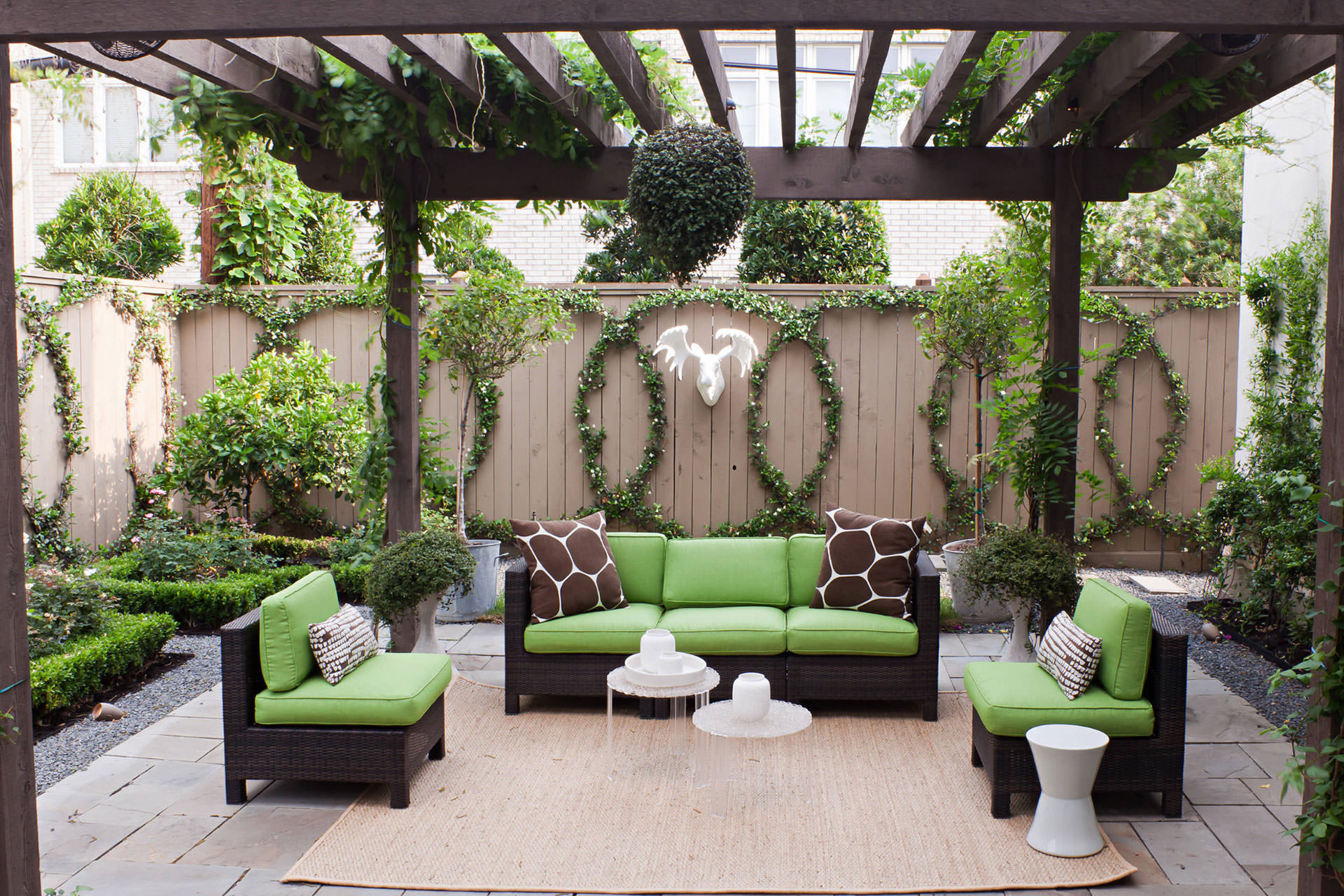
Patio Project Sustainability: A Comprehensive Guide to Eco-Friendly Outdoor Living
Introduction
Patios are a wonderful addition to any home, providing a space for relaxation, entertainment, and al fresco dining. However, traditional patio construction methods can have a negative impact on the environment. By embracing sustainable practices, homeowners can create beautiful and durable patios that minimize their ecological footprint.
Materials
1. Permeable Pavers
Permeable pavers allow rainwater to seep through, reducing runoff and erosion. They also help to recharge groundwater and prevent flooding.
2. Natural Stone
Natural stone, such as flagstone or slate, is a durable and sustainable material that requires minimal maintenance. It also blends seamlessly with the surrounding landscape.
3. Recycled Materials
Recycled materials, such as rubber mulch or glass tiles, are an excellent way to reduce waste and create a unique patio design.
4. Wood
Wood is a renewable resource that can be harvested sustainably. Choose certified wood from responsibly managed forests to ensure its environmental friendliness.
Construction
1. Proper Drainage
Proper drainage is essential to prevent water damage and erosion. Install a drainage system that directs water away from the patio and into a designated area.
2. Minimizing Excavation
Excavation can disturb soil and vegetation. Use existing slopes and contours to minimize the need for excavation.
3. Green Building Techniques
Incorporate green building techniques, such as solar panels or rain barrels, to reduce energy consumption and water usage.
Landscaping
1. Native Plants
Native plants are adapted to the local climate and require less water and maintenance. They also attract beneficial wildlife.
2. Drought-Tolerant Plants
Drought-tolerant plants can withstand periods of water scarcity, reducing the need for irrigation.
3. Rain Gardens
Rain gardens are planted depressions that collect and filter rainwater. They help to reduce runoff and create a beautiful focal point.
4. Pergolas and Arbors
Pergolas and arbors provide shade and support for climbing plants. They can also be used to create outdoor rooms and extend the living space.
Maintenance
1. Regular Cleaning
Regular cleaning prevents dirt and debris from accumulating, which can extend the life of the patio and reduce the need for repairs.
2. Sustainable Cleaning Products
Use sustainable cleaning products that are biodegradable and non-toxic to protect the environment and your health.
3. Mulching
Mulching around plants helps to retain moisture, suppress weeds, and improve soil health. Use organic mulch, such as shredded leaves or bark, to minimize environmental impact.
4. Water Conservation
Water your plants deeply and infrequently to encourage deep root growth and reduce water usage. Use drip irrigation or soaker hoses to deliver water directly to the roots.
5. Repair and Restoration
Repairing and restoring your patio as needed will extend its lifespan and reduce the need for replacement. Use sustainable materials and techniques to minimize environmental impact.
Benefits of Patio Project Sustainability
1. Environmental Protection
Sustainable patios reduce environmental impact by conserving resources, reducing pollution, and protecting wildlife.
2. Cost Savings
Sustainable materials and practices can save money in the long run by reducing maintenance costs and energy consumption.
3. Increased Property Value
Sustainable patios can increase property value by enhancing curb appeal and providing a desirable outdoor living space.
4. Improved Health and Well-being
Sustainable patios create a healthy and comfortable outdoor environment that promotes relaxation and reduces stress.
5. Legacy for Future Generations
By creating a sustainable patio, homeowners can leave a legacy for future generations by protecting the environment and promoting responsible living.
Conclusion
Embracing sustainability in patio projects is not only beneficial for the environment but also for homeowners. By choosing sustainable materials, construction methods, and landscaping practices, homeowners can create beautiful and durable patios that enhance their outdoor living experience while minimizing their ecological footprint.